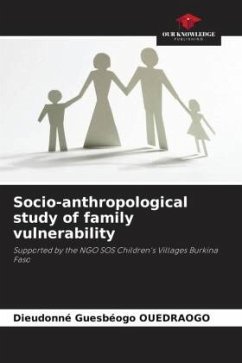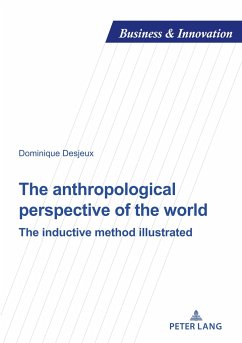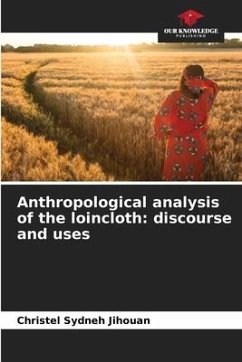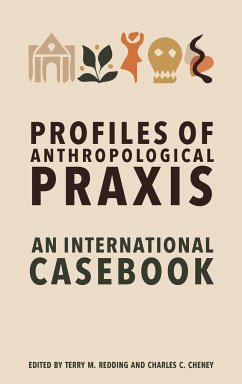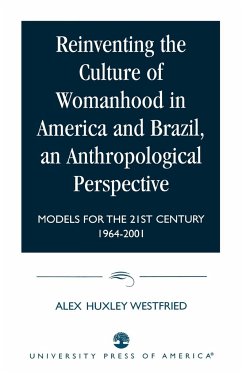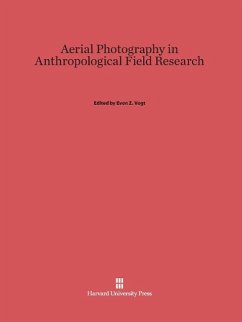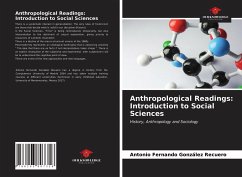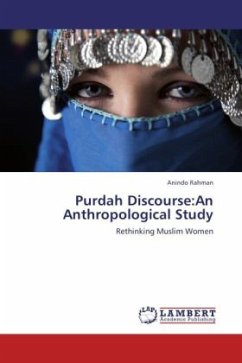
Purdah Discourse:An Anthropological Study
Rethinking Muslim Women
Versandkostenfrei!
Versandfertig in 6-10 Tagen
45,99 €
inkl. MwSt.

PAYBACK Punkte
23 °P sammeln!
The visibility of Muslim women s bodies became a battlefield in a struggle between modernist and conservative forces .We cannot allow the hyper-invisibility of the bodies of Purdah wearer women to become the battlefield in a vague cultural conflict. Purdah is the most salient emblem and women are the newest actors of contemporary Islamism. No other symbol rather than the Purdah reconstructs with such force the otherness of Islam to the west. Women s body and sexuality reappear as a political site of difference and resistance to the homogenizing and egalitarian forces of western modernity. Purd...
The visibility of Muslim women s bodies became a battlefield in a struggle between modernist and conservative forces .We cannot allow the hyper-invisibility of the bodies of Purdah wearer women to become the battlefield in a vague cultural conflict. Purdah is the most salient emblem and women are the newest actors of contemporary Islamism. No other symbol rather than the Purdah reconstructs with such force the otherness of Islam to the west. Women s body and sexuality reappear as a political site of difference and resistance to the homogenizing and egalitarian forces of western modernity. Purdah to Western eyes, the most visible marker of the differentness and inferiority of Islamic societies became the symbol now of both the oppression of women or, Islam's degradation of women and the backwardness of Islam, and it became the open target of colonial attack and the spearhead of the assault on Muslim societies.This work aims to investigate meanings of wearing Purdah performance in the perspective of those who adopt this practice.





